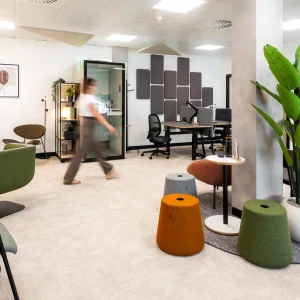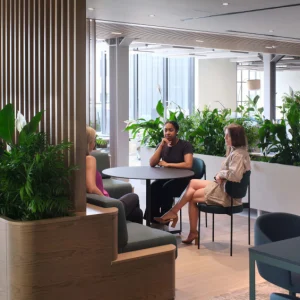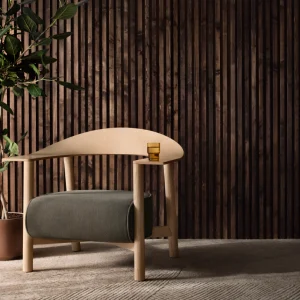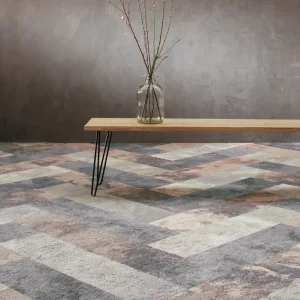Sotheby’s, a global company that engages in art auction, private sales and art-related financing activities, has conducted a three-day auction of some of the grandest attics in Britain at Chatsworth House – a large country house in Derbyshire, which is the seat of the Duke of Devonshire.
The Chatsworth House Attic Sale, with four days of public viewing preceding an auction lasting three days from 5-7 October 2010, attracted the attention of the media. The house has been illuminated by Point Source Productions, working in conjunction with Fine Art Lighting. Aside from Chatsworth items, attic retrievals have been gleaned from the fine houses associated with the Devonshire family since the 16th century including Holker Hall, Hardwick Hall, Chiswick House and the massive London seat of Devonshire House.
Point Source Productions has supplied the lighting solutions for over 20,000 sale items. These are estimated to rise over £2.5 million ($4 million) and are arranged in one thousand four hundred lots within a series of marquees in the grounds of Chatsworth House. The marquees were chosen specifically to give the ambience of a country house sale and arranged in a square around a central courtyard in which are sited the larger objects such as cars, carriages, garden items, carts, chimney pieces and architectural elements.
The team from Sotheby’s wanted to create an environment which was understated, where visitors would feel comfortable exploring and rummaging, and could discover ‘lost items’ of history. Set designer Nicky Aubrey, with Mark Blann, used high walls within the marquees to delineate corridors and ‘rooms’ that represent attic rooms where the main lots were laid out. Fine Art Lighting’s Rupert von Wehrenalp has worked with Sotheby’s and created a design which would encourage the feeling of exploration in the main part of the marquees. He added subtle keylights to over 60 areas which still allowed the star lots to shine out.
Point Source Productions’, Mike Cutting stated that in order to complement the shape of the marquees, a discrete central Litec spine-truss has been created. Strand Coda 1s were used for general lighting which, being tungsten, gave a warm, even light. The keylights on the major artefacts were provided by 650W CCT Minuette Fresnels and the remainder by birdies. They deliberately kept the fixtures small to suit the limited power supply and weight-loading capabilities of the marquees.
Exhibits situated on the outer edge of the false walls forming the corridors also needed to be illuminated. The lighting design team has used Kader clamps to attach 5mm steel cables to the roof purlins and suspended ‘budgie bars’ on which fixtures were rigged to light the outer edges without being obtrusive.
The central courtyard, which is viewable through the clear sides of the marquees and forming a backdrop to the entrance, was illuminated from a single direction using exterior par cans mounted high on one of the marquees. The par cans were focused to light as many pieces as possible.
The East marquee was to be transformed from an exhibition area to an auction room for the final three days of the event. The lighting needed to be able to operate in the first instance as creative light on the artefacts, and secondly to light a large auditorium for the auction, with very little time or space for change rounds. They used Minuettes to focus on the auctioneer from a steep angle, and increase the intensity of the Codas on the audience. All cabling throughout is neatly bound to truss work and concealed behind the tent lining so as to cause as little impact on the scene as possible.
Point Source Productions also supplied the working lights for deliveries and removals and for car parking, all of which was controllable by the client.
The unique three-day auction of rare and rediscovered furnishings and personal artefacts, belonging to the Devonshire family at Chatsworth, displayed some 20,000 objects that were once part of the fabric of the many great houses that have featured in the Devonshire family’s history.





